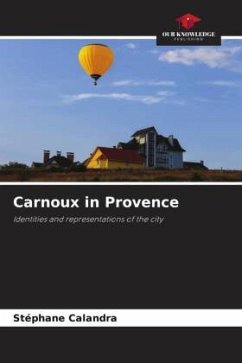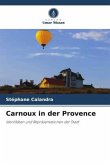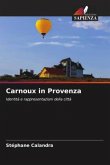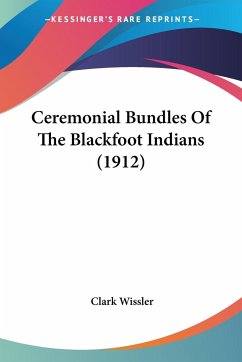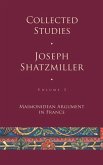In Carnoux, those whom the metropolitan French called "Pieds-noirs" following the events in Algeria can be divided into two groups: the French from Algeria and the French from Morocco who do not always recognize themselves behind this term. But there are not only Pieds-noirs in Carnoux, there are also soldiers and especially those living in the suburbs. Other criteria differentiate the Carnussians and Carnoux is a singular city as much by its history as by its architecture. These particularities allow us to ask ourselves several questions: are there different representations of space in Carnoux as well as different ways of appropriating its territory? What are the variables that most tend to differentiate the population in this regard and what are the particularities of each type of appropriation of the territory? This book attempts to answer these questions. It also describes the sociological framework on which Carnoux was built, summarizes the history of Carnoux, evokes a particular episode in the history of the Pieds-noirs, and proposes a grid for reading the contemporary social space.
Bitte wählen Sie Ihr Anliegen aus.
Rechnungen
Retourenschein anfordern
Bestellstatus
Storno

